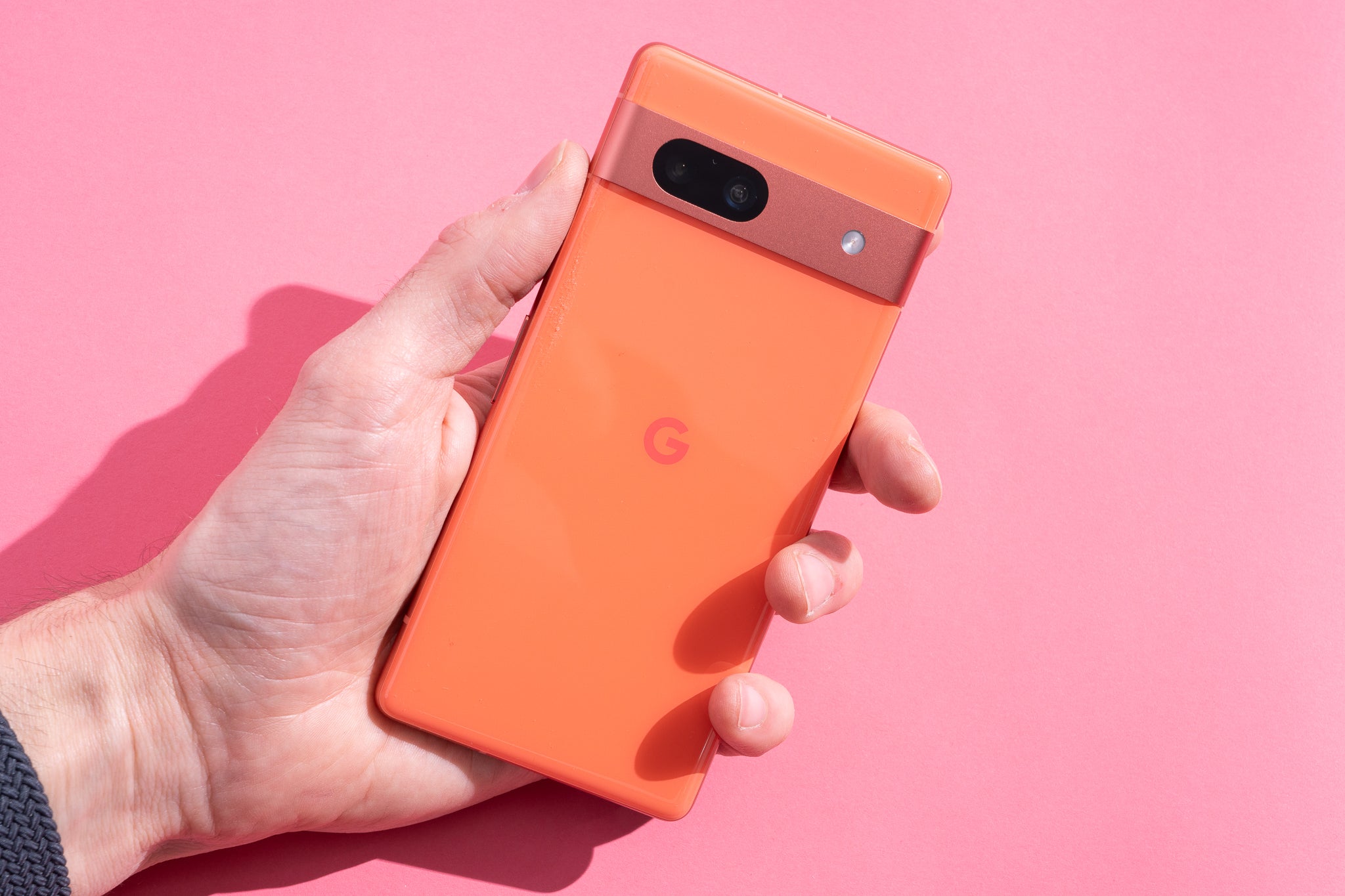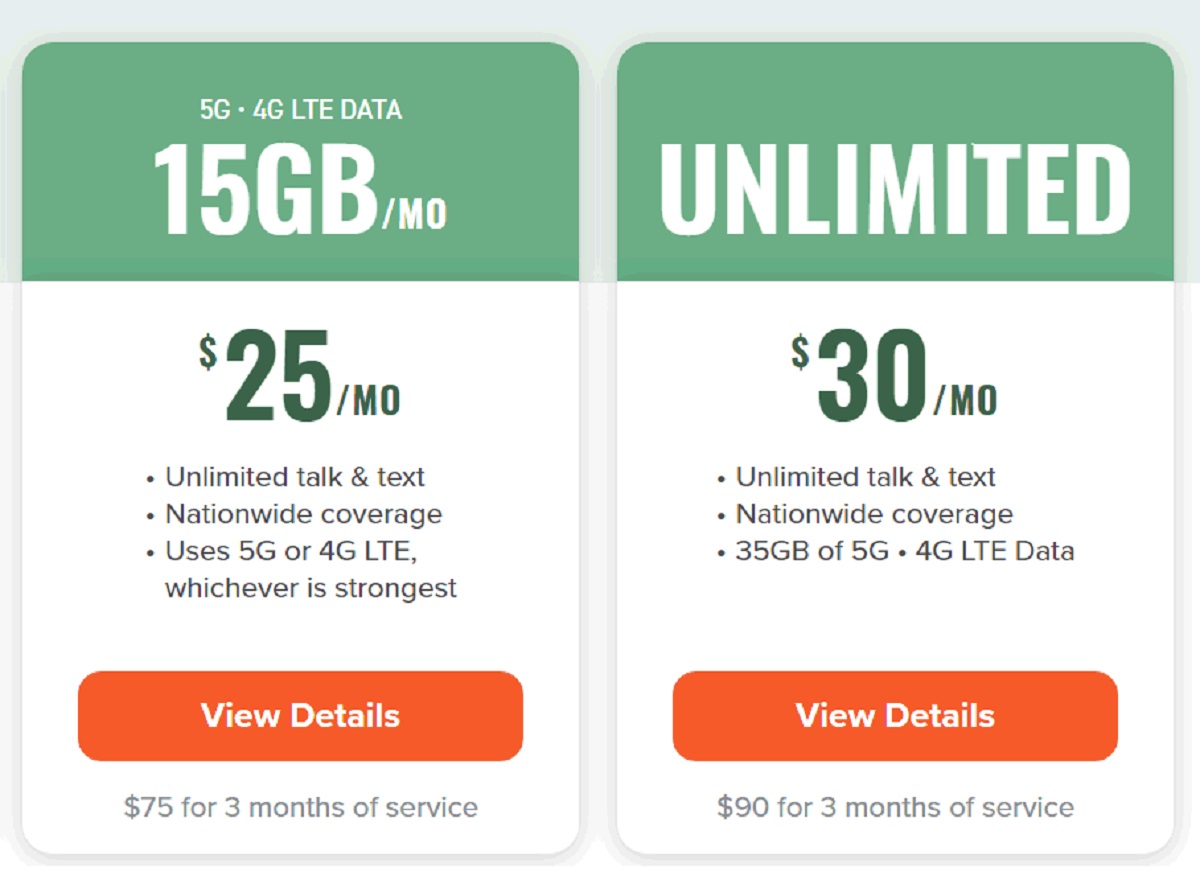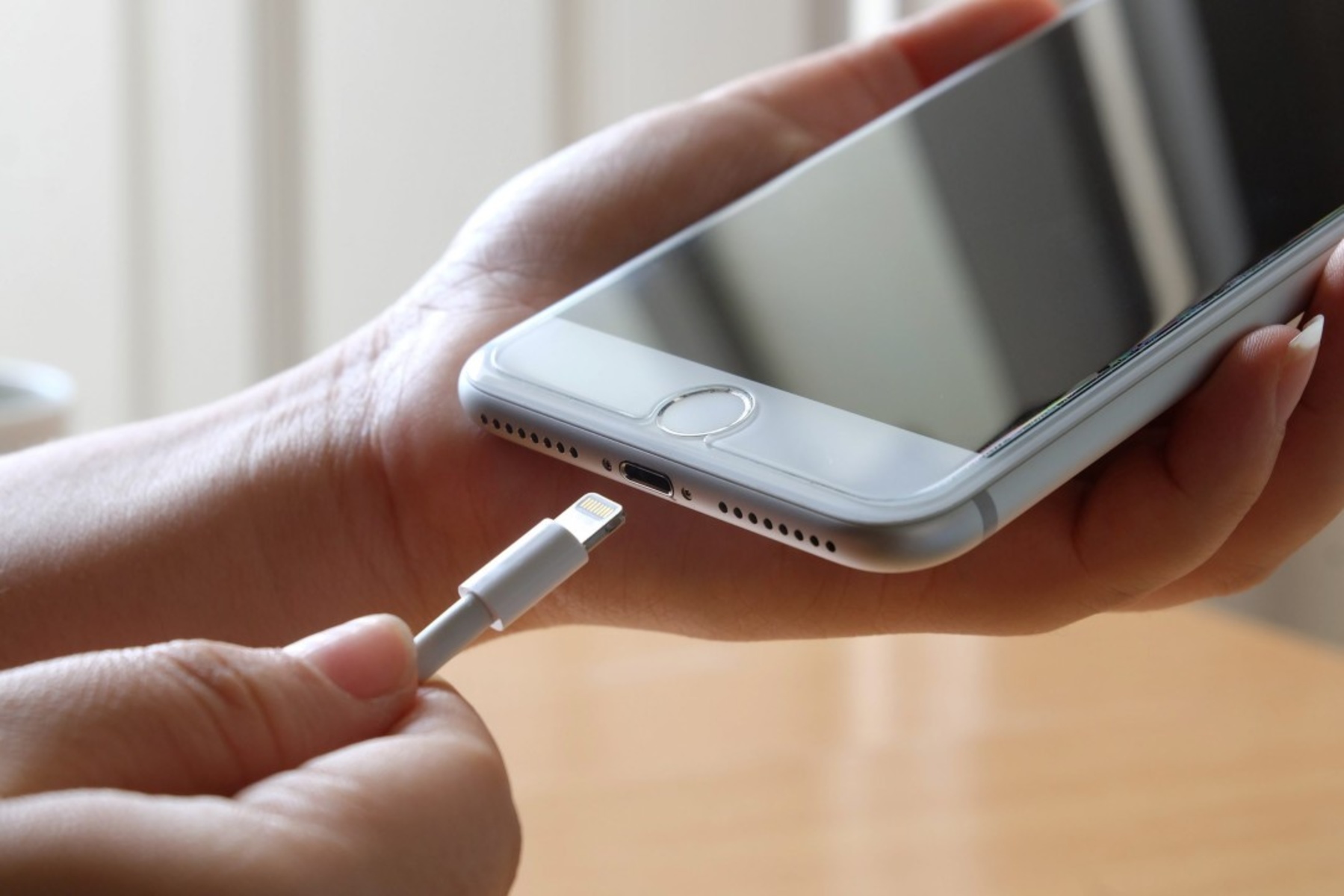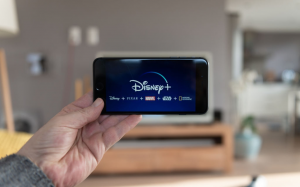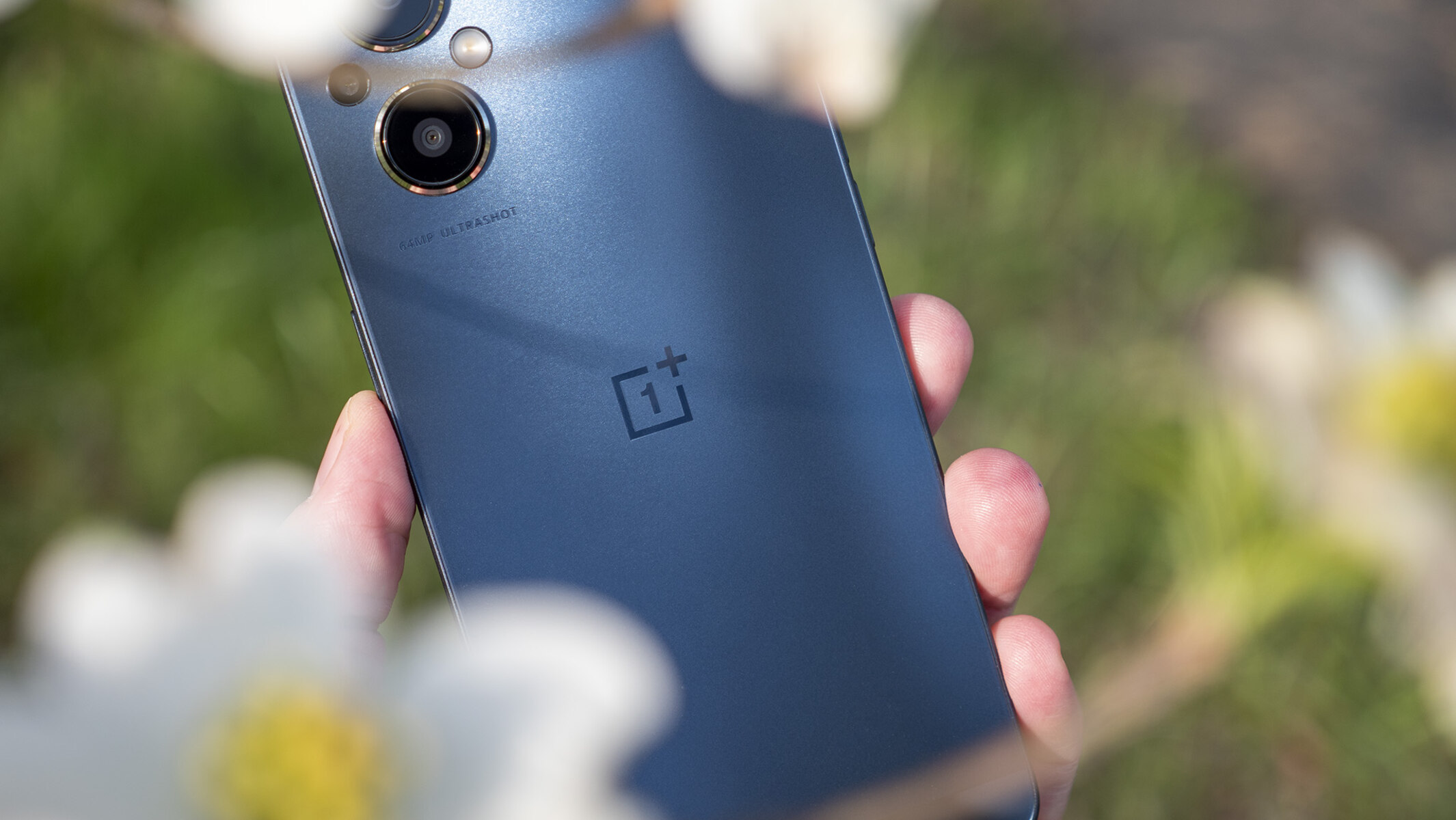Introduction
Smartphones have become an integral part of our daily lives, serving as our communication hub, entertainment center, and personal assistant. However, the convenience and functionality of these devices come at a price. Understanding the cost of owning a smartphone is essential to make informed decisions and manage your budget effectively.
In this article, we will delve into the various factors that contribute to the overall cost of owning a smartphone, including the initial price of the phone itself, monthly service plans, subsidies, and financing options, as well as additional charges and fees. We will also explore ways to save on smartphone costs without compromising on quality.
Before diving into the nitty-gritty details, it’s important to note that the cost of a smartphone can vary greatly depending on the brand, model, and features you choose. High-end flagship devices tend to come with a higher price tag, while budget-friendly options provide more affordable alternatives. Ultimately, finding the right balance between your budget and desired features is crucial.
So, if you’re ready to unravel the intricacies of smartphone costs and discover how to get the most bang for your buck, keep reading!
The Cost of the Phone
One of the first considerations when it comes to smartphone costs is the price of the device itself. The cost of a phone can vary significantly depending on the brand, model, and specifications you choose. High-end flagship phones from leading manufacturers often come with hefty price tags, while budget-friendly options provide more affordable alternatives.
When purchasing a phone, you have the option to buy it outright, which means paying the full price upfront. This is a good choice if you have the financial means and prefer to own the device outright, without any contractual obligations or monthly payments.
Alternatively, many individuals opt for subsidized or discounted phones, which are offered by mobile carriers in conjunction with contract agreements. With this option, you can purchase a phone at a reduced price or even for free, but you are locked into a contract for a specific period, usually two years. It’s important to consider the total cost over the contract period, as these subsidized phones may end up being more expensive in the long run.
An emerging trend in the smartphone industry is financing options. Some manufacturers and carriers offer installment plans, allowing you to spread out the cost of the phone over several months. This can be a more manageable approach for individuals who prefer not to pay a large sum of money upfront.
It’s essential to compare prices and consider your personal budget and needs before making a decision. Keep in mind that the latest and most advanced phones will typically carry higher price tags, while older models or budget-friendly options may offer a more affordable solution without compromising too much on performance.
Remember, the cost of the phone is just one component of the overall expenses associated with owning a smartphone. In the next sections, we’ll explore the various monthly service plans, additional charges, and ways to save on these costs.
Monthly Service Plans
Choosing the right monthly service plan is a crucial aspect of managing your smartphone costs. Service providers offer a variety of plans to cater to different needs and budgets, so it’s important to evaluate your usage requirements before committing to a plan.
Service plans typically include a combination of data, voice calls, and text messages. The cost of these plans can vary depending on factors such as the amount of data included, the number of minutes for calls, and the number of text messages allowed.
If you’re a heavy smartphone user who streams videos, downloads large files, and uses data-intensive applications frequently, a plan with a higher data allowance would be more suitable. On the other hand, if you primarily use your phone for calls and occasional web browsing, a plan with a lower data cap might suffice.
Service plans may come in different formats, such as contract-based plans or prepaid plans. Contract-based plans usually require a commitment for a specific period, and you may be eligible for discounted or subsidized phones. Prepaid plans, on the other hand, offer more flexibility, as you pay in advance for a certain amount of services without being tied to a long-term agreement.
Comparing the rates and offerings of different service providers is essential in finding the most cost-effective plan. Some carriers also offer family plans, which allow you to share data and minutes between multiple devices on the same account, potentially saving you money if you have multiple lines.
Additionally, it’s important to consider the network coverage and reliability of the service provider in your area. A cheap plan may not be worth it if it comes with poor service quality or frequent disruptions.
Finally, keep in mind that additional charges may apply for exceeding your plan’s limits, such as data overage fees or international calling charges. Be sure to understand the terms and conditions of your plan to avoid any unexpected costs.
By assessing your usage patterns, comparing plans, and understanding the additional charges, you can choose a monthly service plan that aligns with your needs and budget, helping you effectively manage your smartphone costs.
Phone Subsidies and Financing Options
When it comes to offsetting the cost of a smartphone, phone subsidies and financing options can provide viable solutions. These methods allow you to spread out the payment or receive discounts on the purchase of your phone.
Phone subsidies are commonly offered by mobile carriers in conjunction with contract agreements. With a subsidy, the upfront cost of the phone is reduced or eliminated, making it more affordable for consumers. However, it’s important to note that subsidies are not “free” phones; the cost of the phone is typically included in the monthly service fees over the duration of the contract.
Another popular option is smartphone financing. Many manufacturers and carriers offer financing plans that allow you to pay for your phone in monthly installments. This makes it easier to manage the cost of a high-end device without incurring a large upfront expense. Financing plans often come with low or zero percent interest rates, and the duration of the financing period can vary, typically ranging from 12 to 24 months.
It’s essential to carefully evaluate the terms and conditions of phone subsidies and financing options before committing. Consider factors such as the total cost of the phone over the contract or financing period, any interest charges or fees, and the flexibility to upgrade or switch devices if needed.
Additionally, it’s important to understand that phone subsidies and financing options are not available for all phone models or from all carriers. These options are typically more prevalent for high-end flagship devices, while budget-friendly phones may have fewer subsidy or financing choices available.
By comparing the upfront cost, monthly installment, interest rates (if applicable), and overall affordability of phone subsidies and financing plans, you can make an informed decision that suits your budget and preferences.
Additional Charges and Fees
In addition to the cost of the phone and monthly service plans, there are other charges and fees associated with owning a smartphone that should be taken into consideration.
One common additional charge is data overage fees. If you exceed the data limit specified in your service plan, you may incur extra charges for each additional megabyte or gigabyte of data used. To avoid these fees, it’s important to monitor your data usage and adjust your habits accordingly, such as connecting to Wi-Fi whenever possible or optimizing data usage settings on your device.
Another potential fee is related to international calling and roaming. If you plan to use your smartphone abroad or make international calls, you may face higher rates or additional charges. Some carriers offer international calling packages or roaming plans, so it’s worth exploring these options to avoid unexpected costs.
Other fees to be aware of include activation fees, upgrade fees, and early termination fees. Activation fees are typically one-time charges when you activate a new line or switch service providers. Upgrade fees may apply when you upgrade to a new phone or switch to a different device on your existing plan. Early termination fees are incurred when you break a contract before its stipulated duration. It’s important to review the terms and conditions of your service agreement to understand these fees and factor them into your financial planning.
Lastly, warranty and insurance costs should also be considered. Many smartphones come with a manufacturer’s warranty that covers defects and malfunctions for a limited time. However, if you want additional protection against accidental damage, loss, or theft, phone insurance may be worth considering. Phone insurance plans typically come with a monthly premium and may include deductibles for filed claims.
By understanding these additional charges and fees and considering them in your smartphone budget, you can avoid unexpected expenses and better manage your overall costs.
Compare Costs of Different Phone Brands and Models
When it comes to choosing a smartphone, the cost can vary significantly depending on the brand and model you choose. It’s important to compare the costs of different phone brands and models to find the best fit for your budget and needs.
High-end flagship phones from well-known brands often come with premium price tags due to their cutting-edge technology and advanced features. These devices typically offer the latest processors, high-resolution displays, top-notch cameras, and unique functionalities. While they may be more expensive, they can provide an exceptional user experience for those who demand the best.
On the other hand, there are also budget-friendly options available that provide great value for money. These phones may not boast the same level of features or performance as flagship devices, but they still offer reliable performance for everyday use. If you’re not concerned about having the latest and greatest features, opting for a budget-friendly phone can help you save a significant amount of money without compromising too much on functionality.
In addition to brand and specifications, the release cycle of smartphones can also impact their prices. Newer models often have higher price tags, while previous generation models may be discounted to clear inventory and make room for newer releases. Considering slightly older models can be a cost-effective way to get a smartphone that suits your needs while still enjoying reliable performance.
Furthermore, it’s important to consider the long-term costs associated with different phone brands and models. Some manufacturers provide longer software support and regular updates, ensuring that your device remains secure and compatible with the latest technologies for a longer duration. This can be an important consideration for individuals who plan to keep their phones for an extended period.
By comparing the costs, features, and long-term support of different phone brands and models, you can make an informed decision that aligns with your budget and preferences. Whether you prioritize cutting-edge technology or value for money, there are options available to suit every need.
Ways to Save on Smartphone Costs
Managing smartphone costs doesn’t have to break the bank. There are several strategies you can implement to save money and get the most out of your device. Here are some ways to save on smartphone costs:
- Consider buying a slightly older model: Instead of always going for the latest flagship device, consider purchasing a slightly older model. These phones often come at lower price points but still offer excellent performance and functionality.
- Opt for unlocked phones: Unlocked phones give you the flexibility to choose your service provider and switch carriers without being tied to a contract. They also open up the possibility of using more budget-friendly prepaid plans.
- Compare service plans: Compare the rates and offerings of different service providers to find the most cost-effective plan that meets your needs. Look for deals and promotions, such as discounts on multiple lines or bundled services, to save even more.
- Monitor and control your data usage: Keep an eye on your data consumption and avoid unnecessary or excessive data usage. Connect to Wi-Fi whenever possible and optimize your device’s settings to limit data usage. This can help you avoid data overage fees.
- Take advantage of free Wi-Fi hotspots: Use free Wi-Fi hotspots available in public places like cafes, libraries, and shopping centers to reduce your reliance on mobile data. Just be cautious about security when connecting to public networks.
- Consider prepaid plans: Prepaid plans allow you to pay for your services in advance, providing more control over your expenses. They often come at lower costs compared to contract-based plans, especially if you don’t require extensive data or minutes usage.
- Protect your phone: Consider investing in a durable phone case and screen protector to prevent accidental damage. This can help you avoid costly repair or replacement fees down the line.
- Shop around for accessories: Rather than purchasing branded accessories, look for affordable alternatives that offer similar quality. Many third-party manufacturers provide accessories like chargers, cables, and cases at lower prices without compromising functionality.
- Take care of your battery: Properly maintaining your phone’s battery can prolong its lifespan. Avoid frequent full discharges and excessive heat, and consider using battery-saving features to optimize your device’s power consumption.
By implementing these strategies and being mindful of your usage, you can effectively reduce your smartphone costs without sacrificing functionality or quality. Remember, it’s all about finding the right balance between your budget and the features you require.
Conclusion
Smartphones have become an essential part of our lives, but it’s important to understand and manage the associated costs. By considering various factors such as the cost of the phone, monthly service plans, subsidies, and financing options, additional charges and fees, and ways to save, you can make informed decisions and effectively manage your smartphone costs.
When purchasing a phone, compare the prices of different brands and models while considering your budget and desired features. Explore subsidy and financing options to help offset the upfront cost of the phone or spread out payments over time.
Additionally, choosing the right monthly service plan is crucial. Evaluate your usage requirements and compare plans to find the most cost-effective option that meets your needs. Be aware of additional charges and fees, such as data overage fees or international calling charges, and consider ways to minimize these expenses.
There are also several strategies to save on smartphone costs, including buying slightly older models, opting for unlocked phones, monitoring data usage, taking advantage of Wi-Fi hotspots, considering prepaid plans, and being mindful of accessories and battery care.
By implementing these cost-saving measures and making thoughtful choices, you can enjoy the benefits of a smartphone without breaking the bank. Remember to assess your needs, compare options, and prioritize functionality and affordability to find the best balance for your budget.
So, the next time you’re in the market for a new smartphone or evaluating your current expenses, take these insights into account and make informed choices to effectively manage and optimize your smartphone costs.







